Quarantine raising your utility bills? How to save water while washing dishes
We're in the thick of staying at home during the coronavirus pandemic, and in our house it feels like the dirty dishes regenerate every time I clear out the sink. Turn around to put away the cereal and -- POW! -- more dishes. Where do they come from? I didn't even know we still had those bowls.
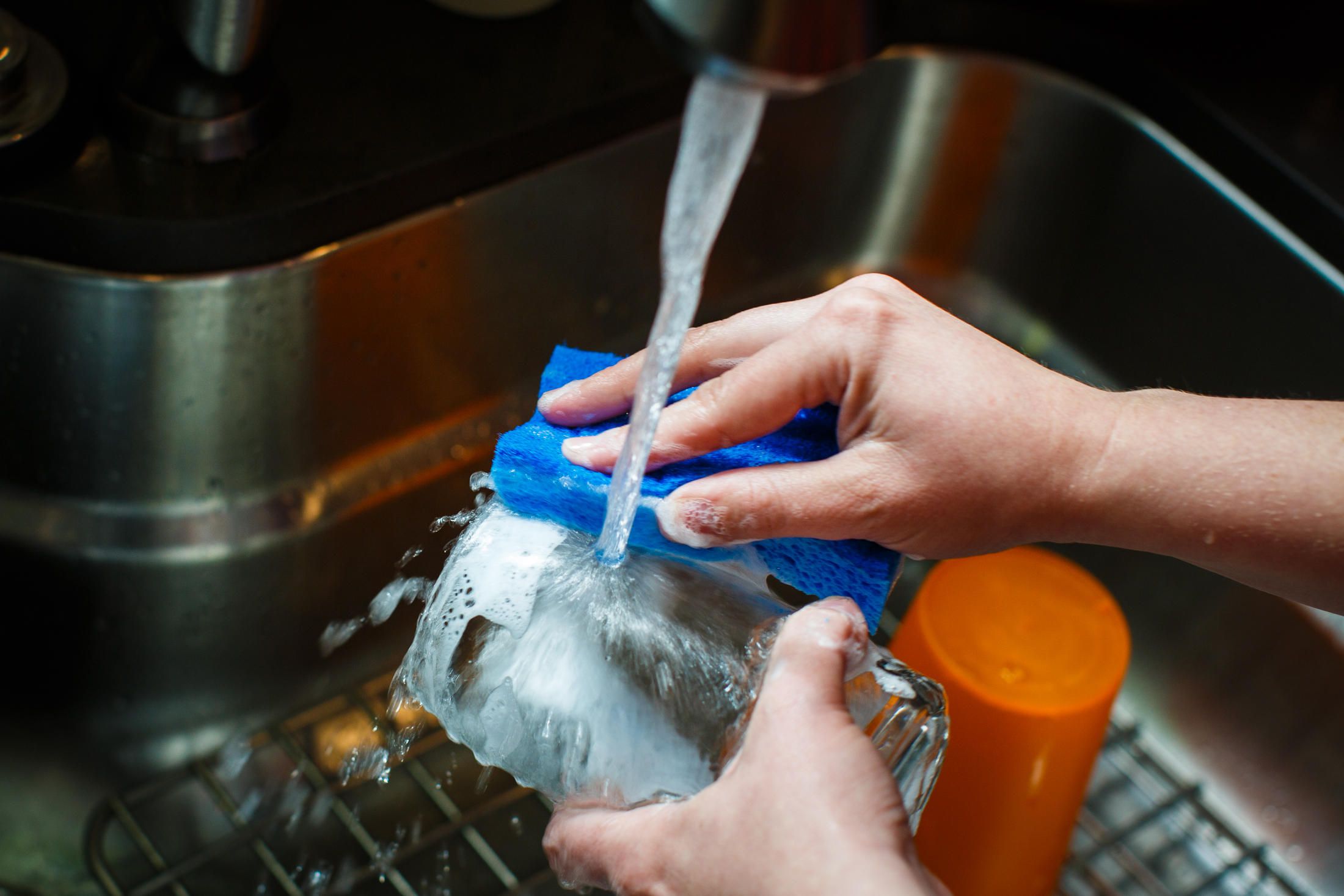 Quarantine raising your utility bills? How to save water while washing dishes Picture 1
Quarantine raising your utility bills? How to save water while washing dishes Picture 1
I tend to hand wash pots and pans and put plates, cups and utensils in the dishwasher. All that water use starts to add up when it comes time to pay the water bill. However, there are ways you can keep an eye on your water consumption and still eat off clean plates at every meal.
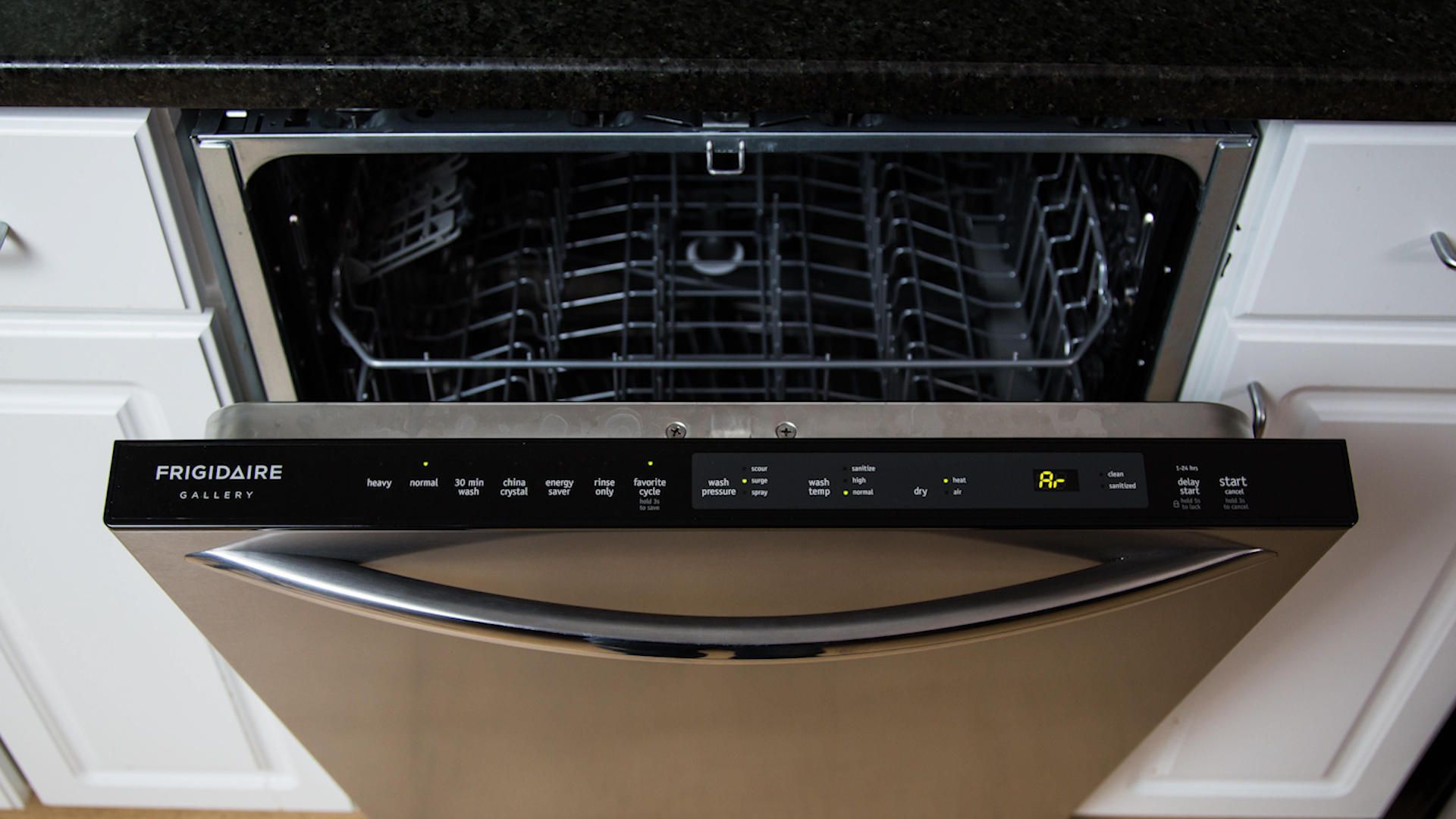 Quarantine raising your utility bills? How to save water while washing dishes Picture 2
Quarantine raising your utility bills? How to save water while washing dishes Picture 2
Use a dishwasher as often as you can
If you're running the dishwasher more often during quarantine, don't fret it. It may be tempting to think that handwashing dishes after meals and snacks is the easier, faster and more conserving way to go, but you might be surprised.
According to the EPA and a 2016 study by the Water Research Foundation, the average dishwasher uses about 6 gallons per load, while older models can use up to 10 gallons. An Energy Star-certified dishwasher can use as few as 3 gallons per load, according to the Natural Resources Defense Council.
Pair that with the fact that your kitchen faucet probably uses around two gallons per minute, and unless you can get your dishes washed in five minutes or less, a dishwasher just makes sense as the most efficient way to clean dishes. Of course, not every home has a dishwasher. If you're washing dishes by hand, keep reading. There are other ways you can consume less water.
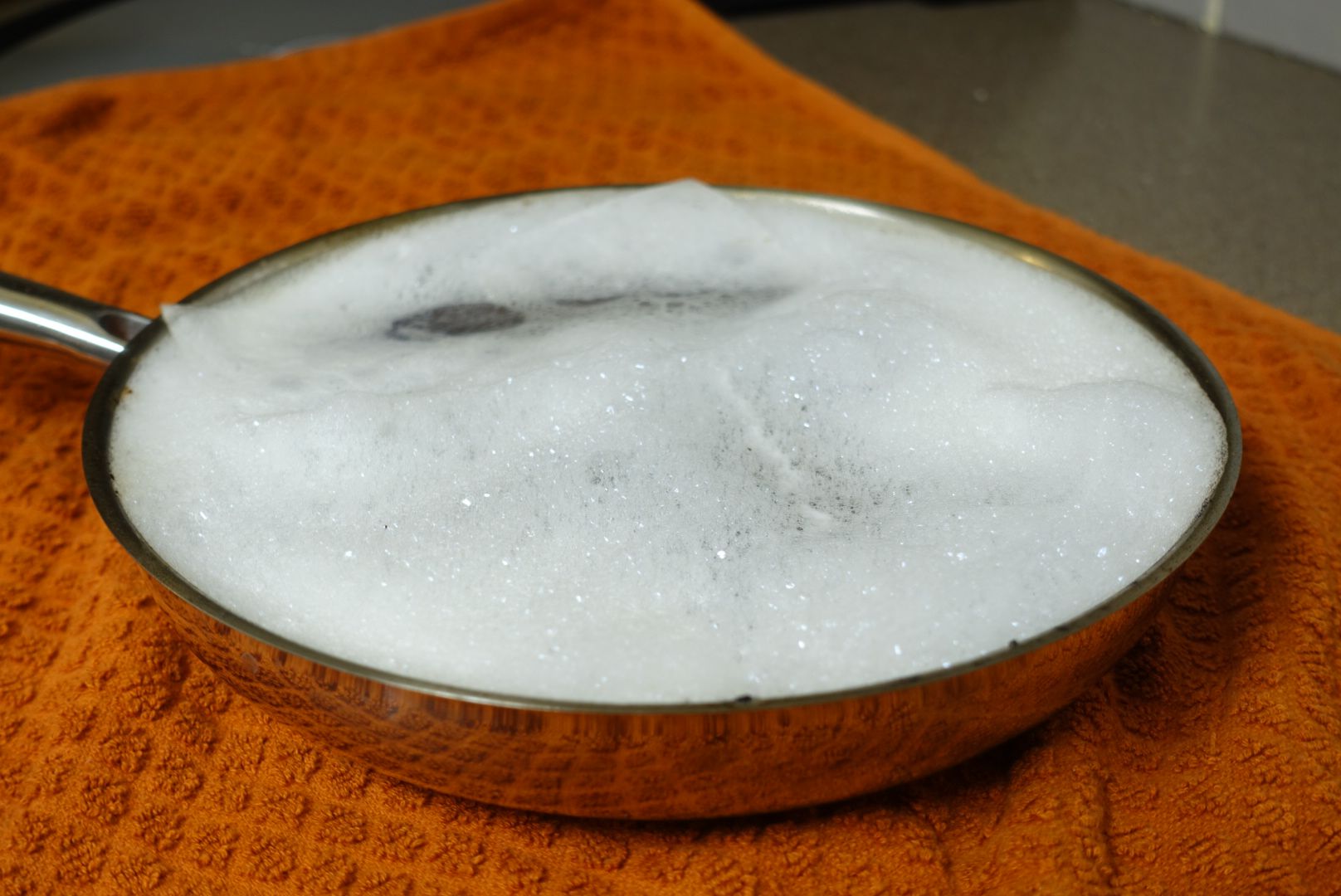 Quarantine raising your utility bills? How to save water while washing dishes Picture 3
Quarantine raising your utility bills? How to save water while washing dishes Picture 3
Let dirty dishes soak
Gross, but effective. You can let your dishes soak rather than spend minutes (and gallons of water) washing them over and over under the running faucet. You also don't need a full sink to soak dishes effectively.
The best way to do this is to lather all your dishes at once. Then, plug the sink and run some water over all of them. Turn the faucet back on only when you're ready to rinse everything. Your dishes do need clean water to be sanitary, but soaking them all together in a few centimeters of dishwater isn't a health risk as long as you soap and rinse well at the end.
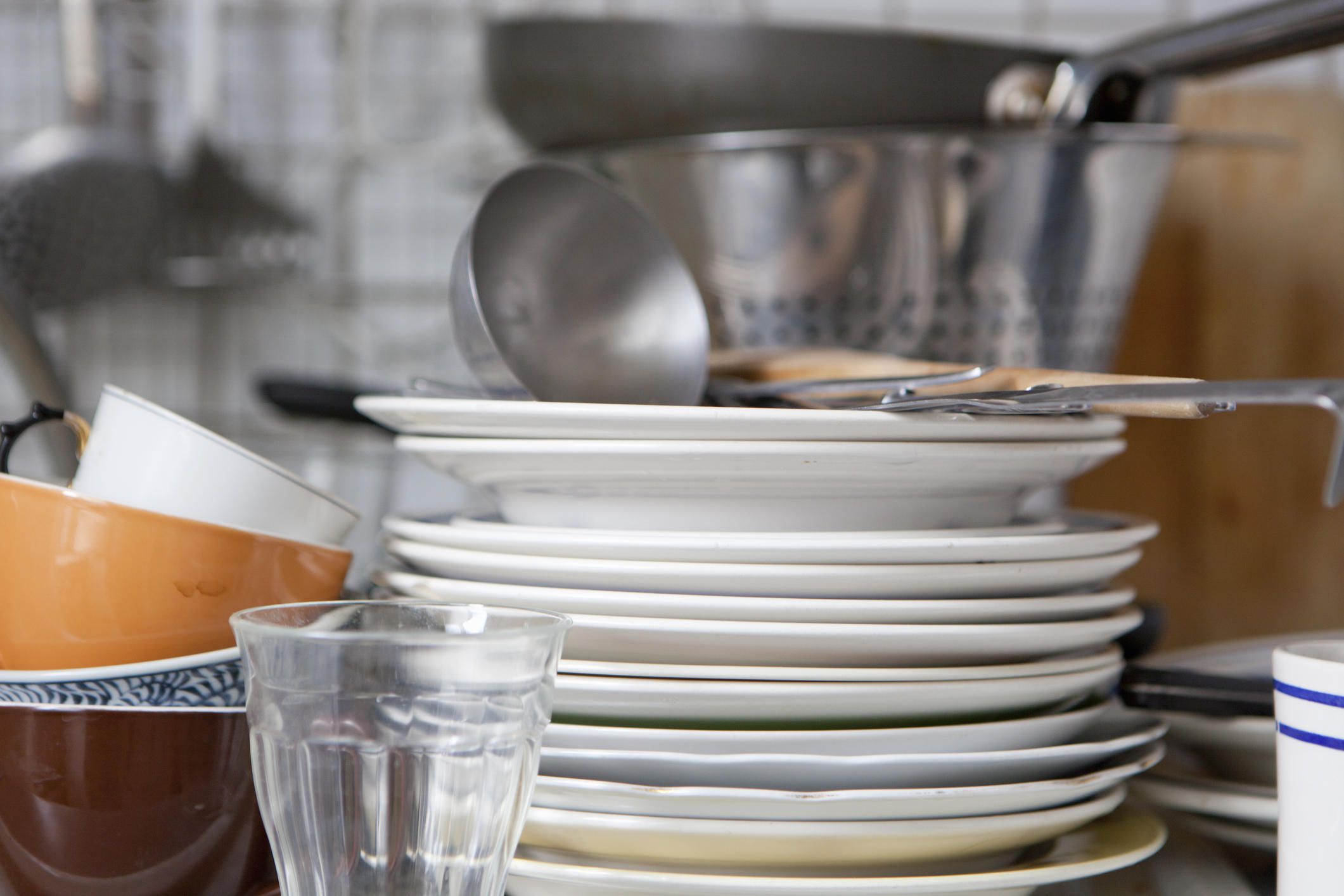 Quarantine raising your utility bills? How to save water while washing dishes Picture 4
Quarantine raising your utility bills? How to save water while washing dishes Picture 4
Organize your sink
If you are going to soak dishes, there should be a method to your madness. Yes, even dishwashing can benefit from some planning and strategy. It might sound odd, but stacking and nesting dishes inside one another is one way to save water.
You'll soak everything without filling each bowl up with its own water. While you won't want a stack of dishes to sit in your sink for days on end, nesting them is a good way to make the most use of the least water.
For example, the hot soap and water surrounding the forks and small dishes sitting inside a larger bowl will begin dissolving bits of stuck-on food, which will make it that much easier to clean.
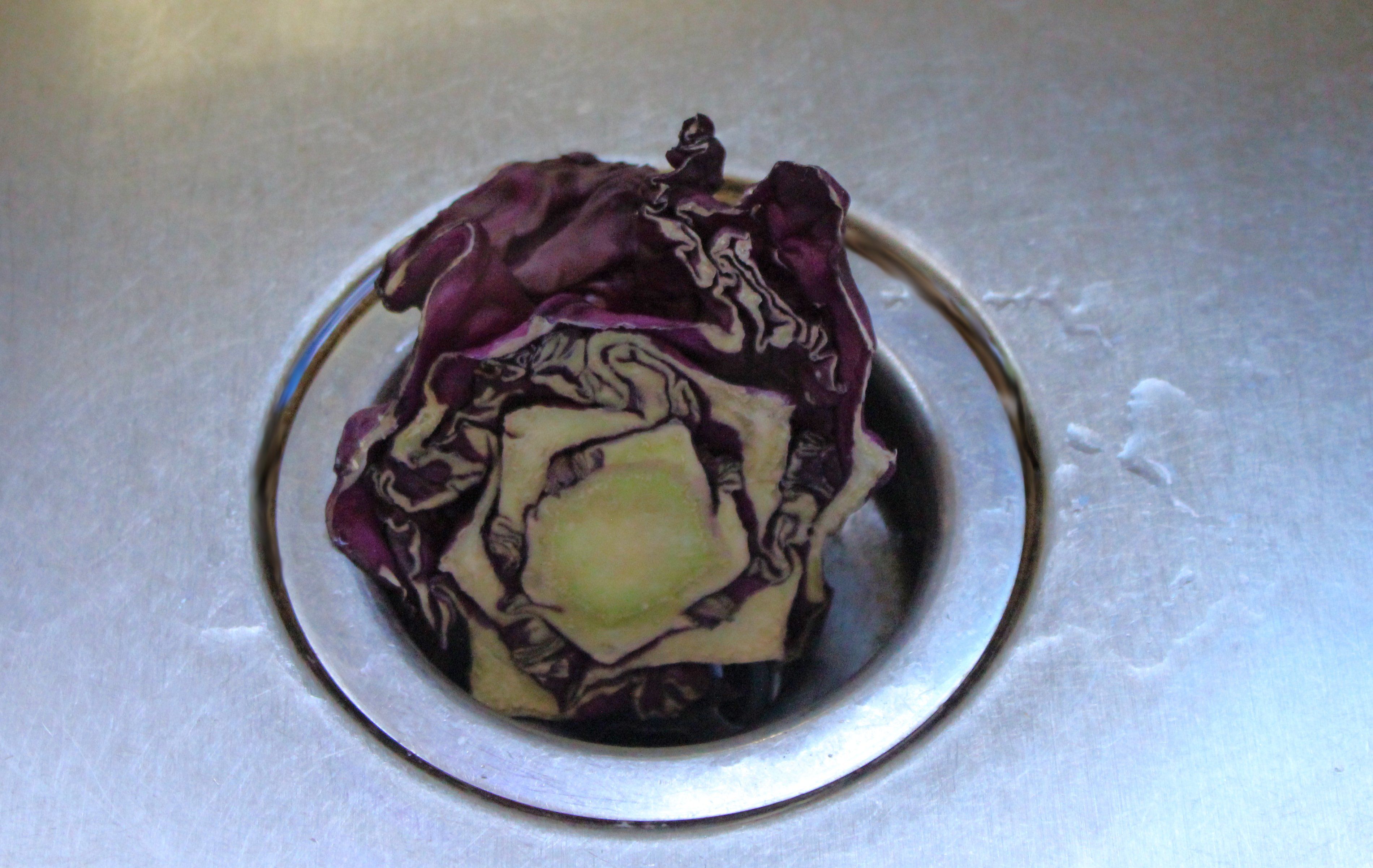 Quarantine raising your utility bills? How to save water while washing dishes Picture 5
Quarantine raising your utility bills? How to save water while washing dishes Picture 5
Ditch the disposal
In-sink garbage disposals are an easy way to get rid of gunk, but they also require running water to safely operate. If you want to cut down on water use, scrape your food into the trash or a compost receptacle rather than the garbage disposal.
Plus, there are plenty of food items that should never be put down a disposal like bones and fruit pits. Scraping food into the trash will keep you from unintentionally harming your sink's disposal system or clogging your drain.
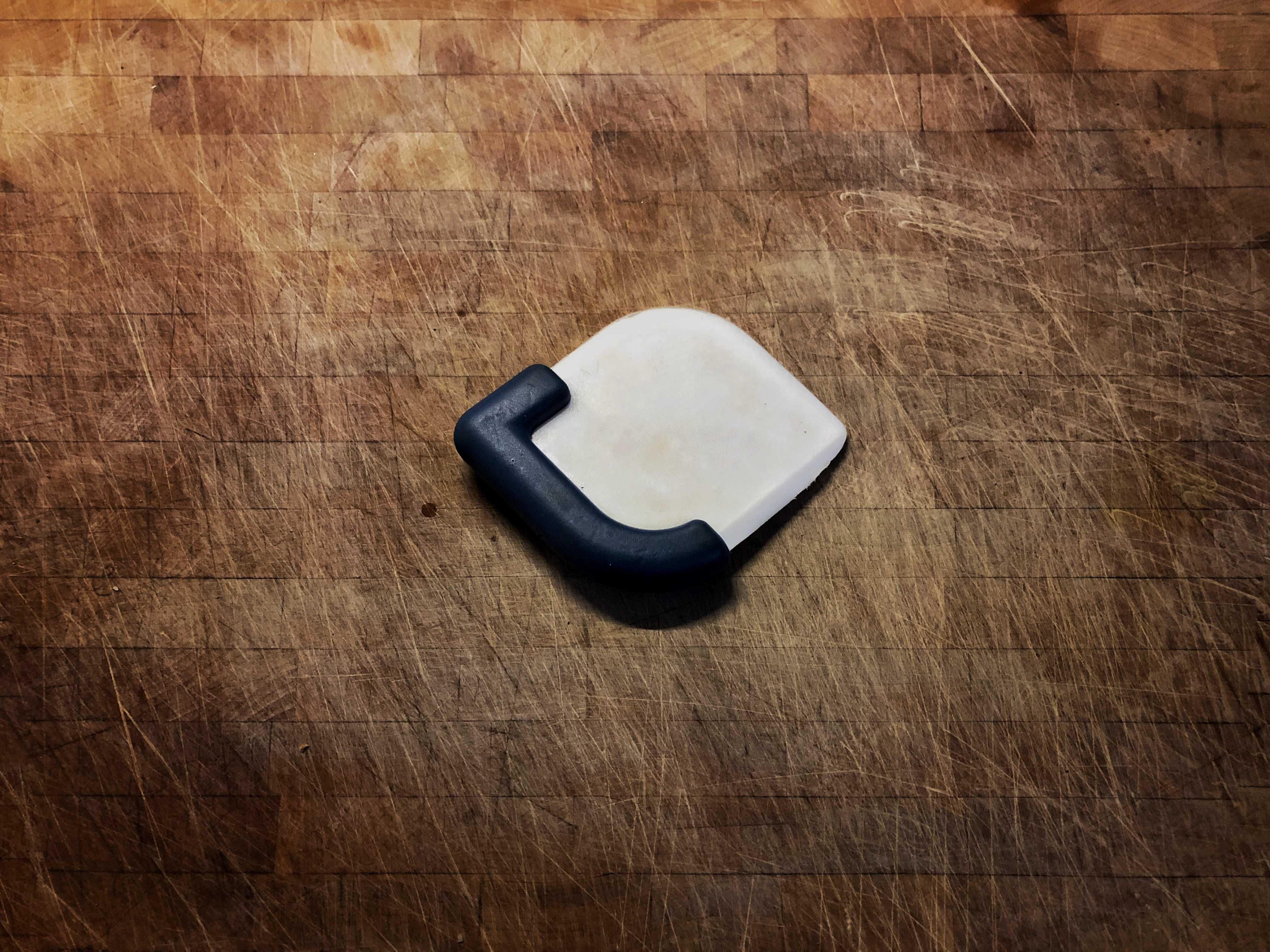 Quarantine raising your utility bills? How to save water while washing dishes Picture 6
Quarantine raising your utility bills? How to save water while washing dishes Picture 6
Swap your sponge for a pot scraper
If you hate soaking and scrubbing dishes, you're not alone. CNET Executive Editor Rich Brown recently sang the praises of one tiny kitchen tool, a $5 pot scraper that does the heavy lifting. It's a cheap, handy piece of plastic that can tackle stuck-on food and keep you from needing to fill your sink with dirty, burnt lasagna water for hours on end.
The pot scraper's hard (often silicone) edge and angled surfaces give you more leverage when it comes to taking crud off those pans. You can also use it as a generalized scraper after meals.
To conserve the most water possible, scrape food off each plate before you put it under the faucet. Do this before the food has a chance to dry onto the plate. The more work you get done before you need to lather and rinse, the better.
Soap and shake
It's not the latest Tiktok craze, it's a method of washing your dishes that could save some water. Simply add soap and hot water to any containers you're washing, snap on the lids and shake them periodically. Think of it like a manual dishwasher for your mason jars.
You'll only put water in the containers once, and agitating the soap every so often will get every inch clean -- or at least cleaner than you otherwise would. This really only works with items that have a lid, so don't go spinning suds around your kitchen from an empty bowl.
No matter how you choose to conserve water, with a big of diligence, you'll see a decrease in those bills. If you're interested in more home water hacks, you can find tips online for everything from how to make your own distilled water to how to make a simple sprinkler system and ways to get started with composting.
You should read it
- Your home dishwasher won't smell unpleasant with the following steps
- 7 common error codes on Bosch dishwashers and how to fix them
- Top 5 best 6 dishwashers from Bosch, Electrolux, Hafele, Teka, Toshiba
- Top dishwasher Bosch serie 2, series 4, series 6 are the most popular today
- This young man uses a dishwasher to wash computer parts, if you're not sure, don't try
- The size of the most common dishwasher today
- Instructions on how to use the dishwasher Bosch SMS25KI00E
- Tabletop Simulator: Must-try co-op games
- From Tabletop Gaming to Art: How Classic Forms of Entertainment Have Been Transformed By Mobile
- How to create temporary email addresses quickly with YOPmail
- Can medical gloves and disposable gloves really prevent COVID-19 from spreading to people?
- Two disposable email services help eliminate Spam
May be interested

My biggest 3 Google Home pet peeves and how to fix them

Clean your oven without harsh chemicals

How to keep the food in your fridge fresher, longer

How to make wine in your Instant Pot

Stop scrubbing dirty pots and pans with this simple $5 kitchen tool

Make distilled water at home because it's incredibly easy: Here's how






 Washing machine does not discharge water, this is the cause and remedy
Washing machine does not discharge water, this is the cause and remedy Why shouldn't you wash dishes by hand?
Why shouldn't you wash dishes by hand? 5 dishes from water lily stems that are delicious and easy to make
5 dishes from water lily stems that are delicious and easy to make 13 common errors in washing machines, causes and solutions
13 common errors in washing machines, causes and solutions How to choose the water temperature when using a hot washer?
How to choose the water temperature when using a hot washer? The dishes make you admire the creativity of Japan
The dishes make you admire the creativity of Japan